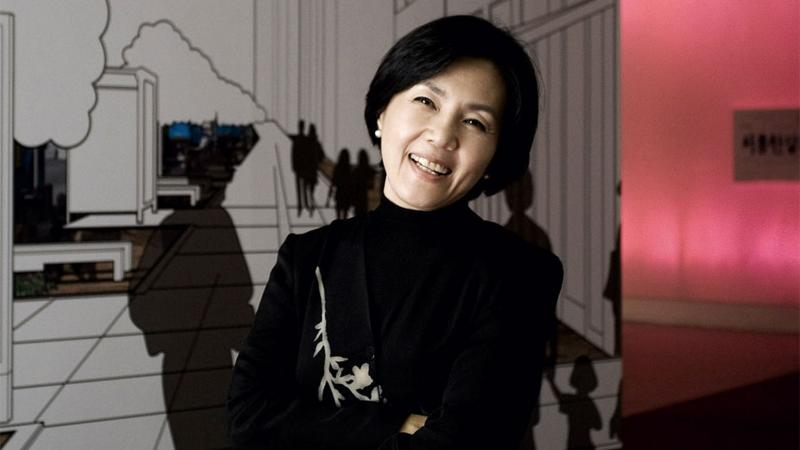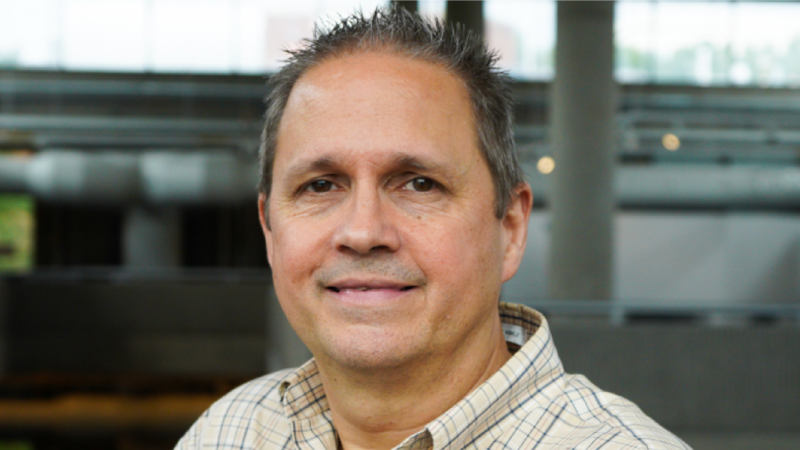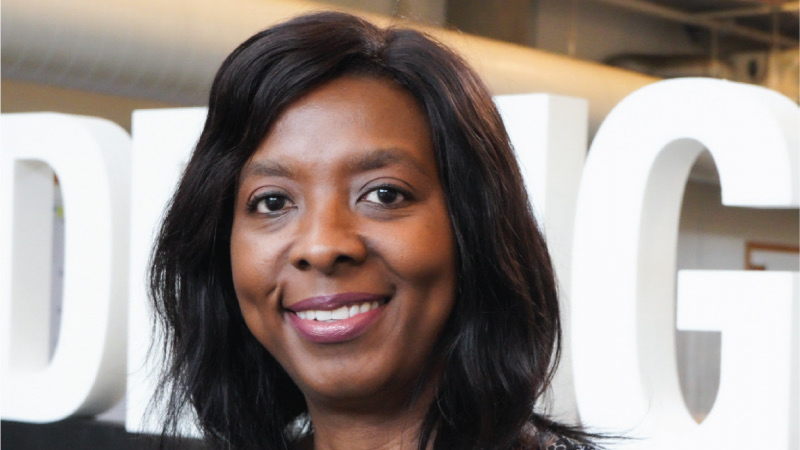
MID FAQ
Frequently Asked Questions
MID FAQ
Frequently Asked Questions
This is a condensed list of the most frequently asked questions regarding the MID program. To access a more detailed version of this page, click the button below. If your question is not answered, feel free to send your question via email.

Why earn a Master of Industrial Design at Georgia Tech?
Impact-driven Design Output
The program stresses a human-centered, research-focused, and evidence-based approach to design in a highly multi-disciplinary environment. Whether your goal is to specialize in areas such as design research, healthcare/medical device design, or interaction design, you will find the resources to explore new frontiers.
As a tier-one research institution, our faculty are continually investigating new areas in design and technology. We work with industry sponsors to tackle real-world issues while leveraging the campus’s engineering and computing strengths. MID students learn to use the technologies and engineering expertise surrounding them to design products with the end-user in mind.

What sets the MID program apart from other programs?
Our Differentiators
As part of a top-ranked research institute, our programs offer an evidence-based approach to design and valuable experiential learning opportunities. Through more than ten different research labs, fabrication and prototyping shops, design studios, and multidisciplinary collaborations, students gain exposure to practical skills valuable to many industries.
Our design studios teach design thinking skills through empathy, creativity, design research, and user experience. Together with classmates from around the world, our students learn to validate their ideas, build compelling design stories, and uncover new market opportunities.

What kind of job can I get after completing MID program?
A Wealth of Choices
Upon completion, MID graduates gain versatility in industry due to their unique blend of skills. From positions in UX/UI design and research, to strategy and consulting, our alumni are equipped to fill a critical and growing need for tech-savvy and data-driven user-first advocates.
To see what some of the School of Industrial Design alumni have accomplished after graduation, visit the Alumni page below:

What does the MID curriculum look like?
Preparation for Current and Future Challenges
Through purposeful integration of aesthetic, functional, utilitarian, economic, sustainable, social, and cognitive considerations, our curriculum prepares the new design generation with the tools to develop thoughtful solutions to the challenges of the 21st Century. For an overview of the curriculum and course schedule, visit the Graduate Curriculum page:
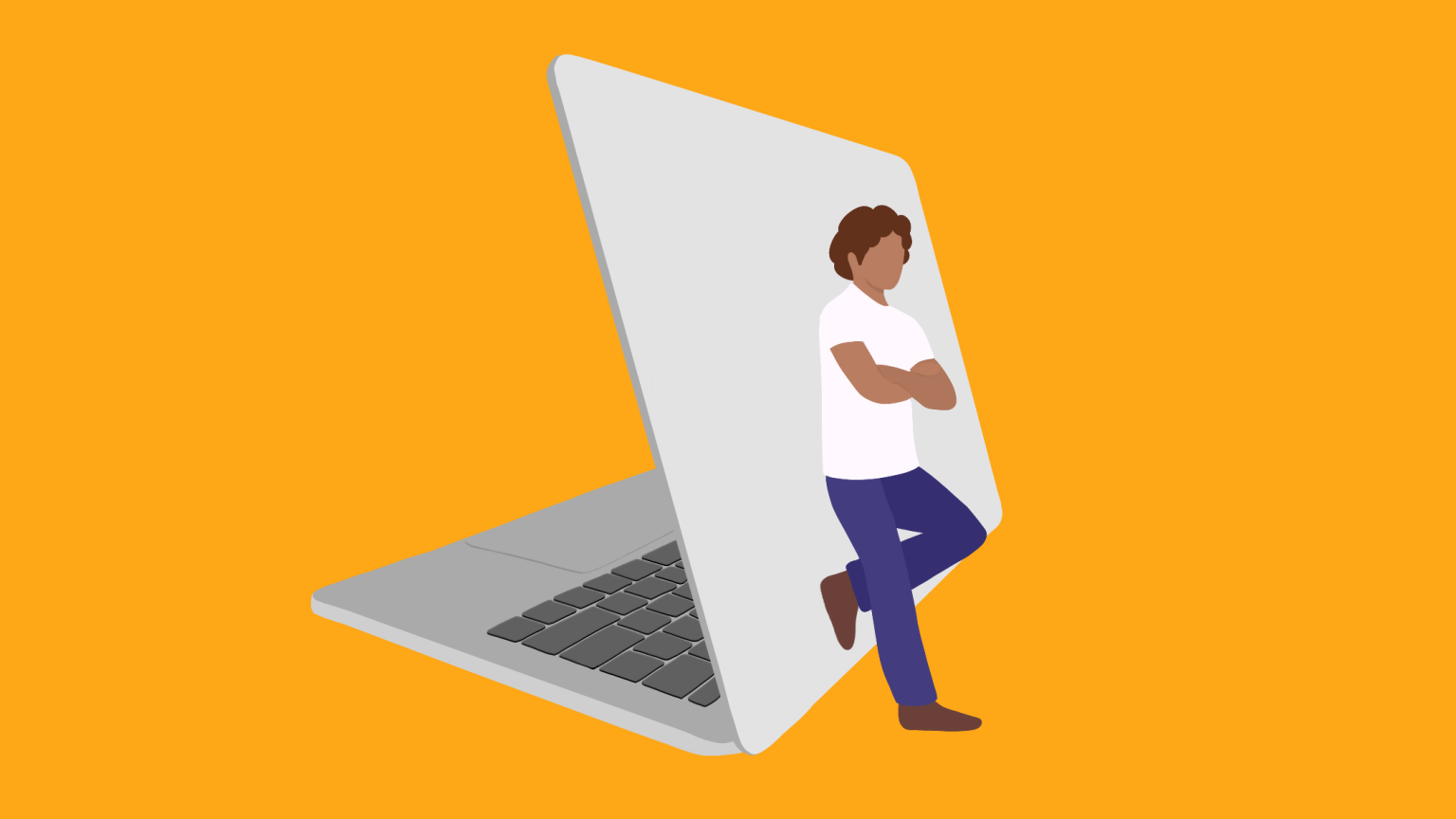
Difference between the MID program and the MS-HCI program?
Broad Spectrum vs Specific Focus
The MS-HCI program focuses more on the digital and software side of industrial design. Where as the MID program has a more holistic approach and focuses on the human design thinking of physical and digital products. To learn more about each program, check out the pages below.

Difference between the 2-year and the 3-year program?
Based on Your Design Experience
The 2-year program is suitable for students with a design or industrial design background. Students without a design or industrial design background will be placed into the 3-year program which consists of a 1 year certificate program that precedes the 2 year masters program. In the certificate year, students will build up design skills in preparation for the rest of the program. Placement into each program is determined on an individual basis during the application process.

MID program perspective from non-design background?
Our Multidisciplinary Approach
Graduate students in the MID program are often from different backgrounds, but they find a common passion for creative problem solving and empathy.
Interacting and working with people from varying backgrounds enables a creative learning environment. Your classmates’ backgrounds will range from marketing and psychology to mechanical engineering, architecture, and beyond. This diversity of experience creates a unique atmosphere where you can gain incredible insights from your classmates.

Thesis or project topic decided before starting the program?
A Myriad of Opportunities
You do not need to have a thesis or project decided before applying. It helps to have specific topics of interest in mind, but with the variety of research topics available through the School of Design, you may find ideas or inspiration you hadn’t considered.
You are also encouraged to reach out to professors who are doing research in a topic that interests you. Professors enjoy discussing their work with students and are always open to new ideas.

How diverse is the MID program?
Multitude of Perspectives
One of the best things about the MID program is the diversity of its students. Both from a cultural and specialization perspective. Studying with classmates from all over the world, with different interests creates an environment where students learn much more than just the curriculum. It is a unique experience to see the influence of peoples cultures displayed through their projects. It provides a perspective that can introduce you to ideas and topics that you had not considered before.
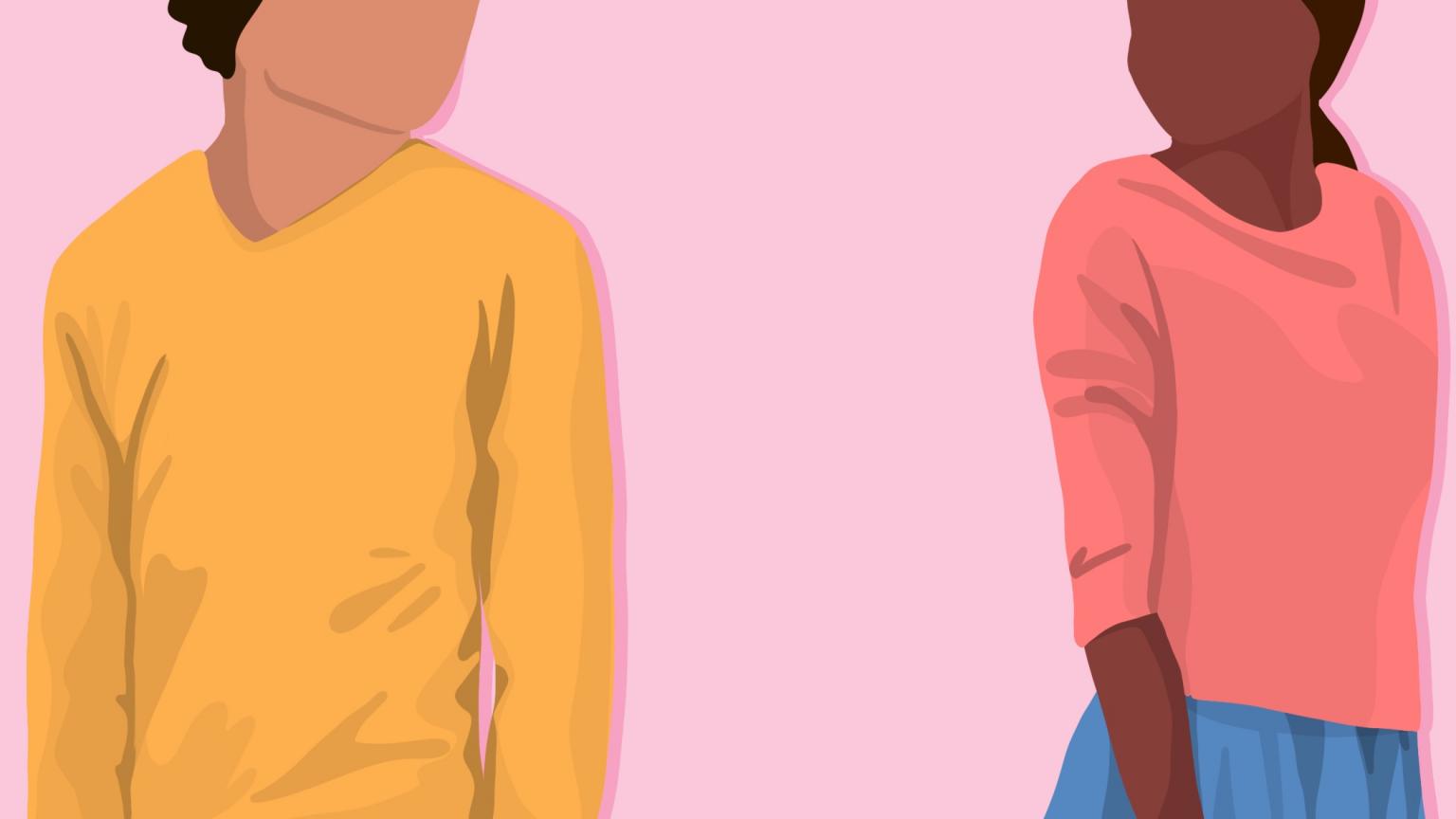
How many students are in the MID program?
Lasting Connections
As of 2022, there are a total of 71 students spread across the certificate and two-year cohorts of the MID Program.
Have a Question for Us?
